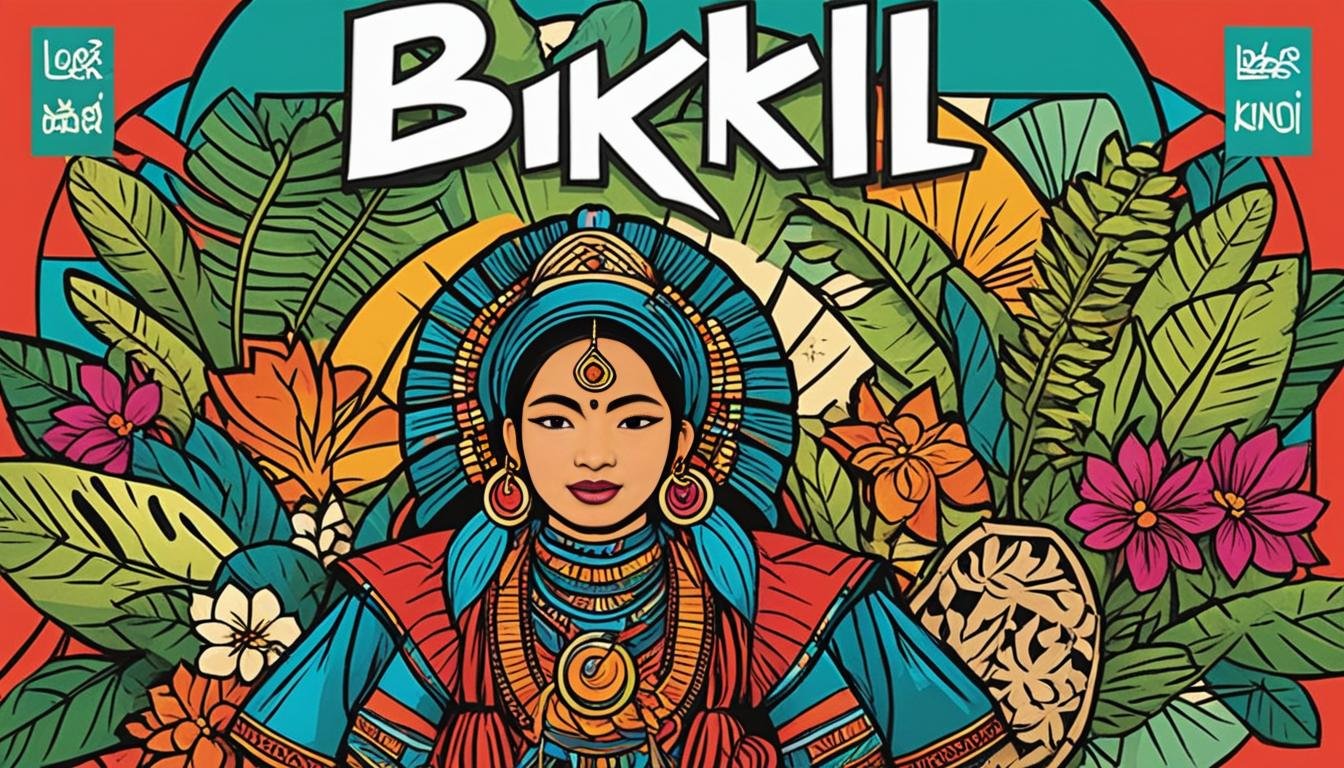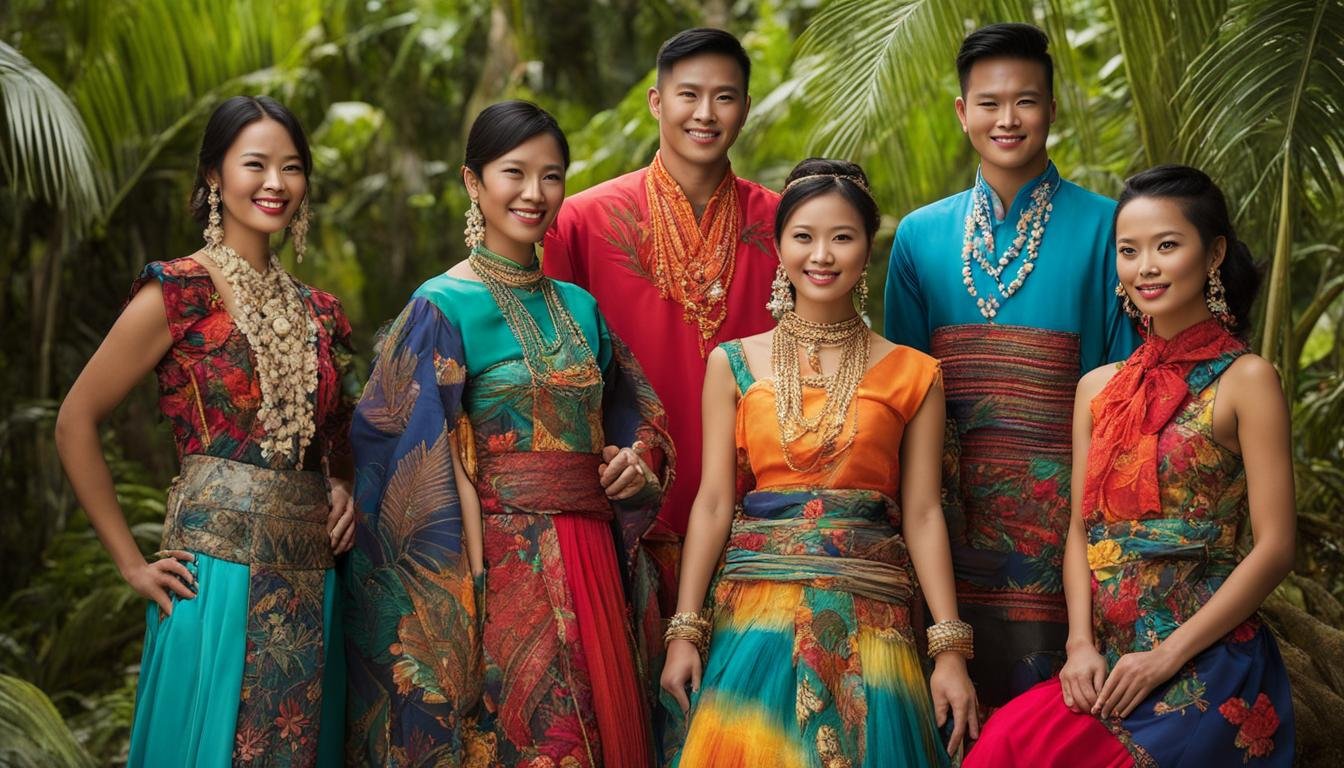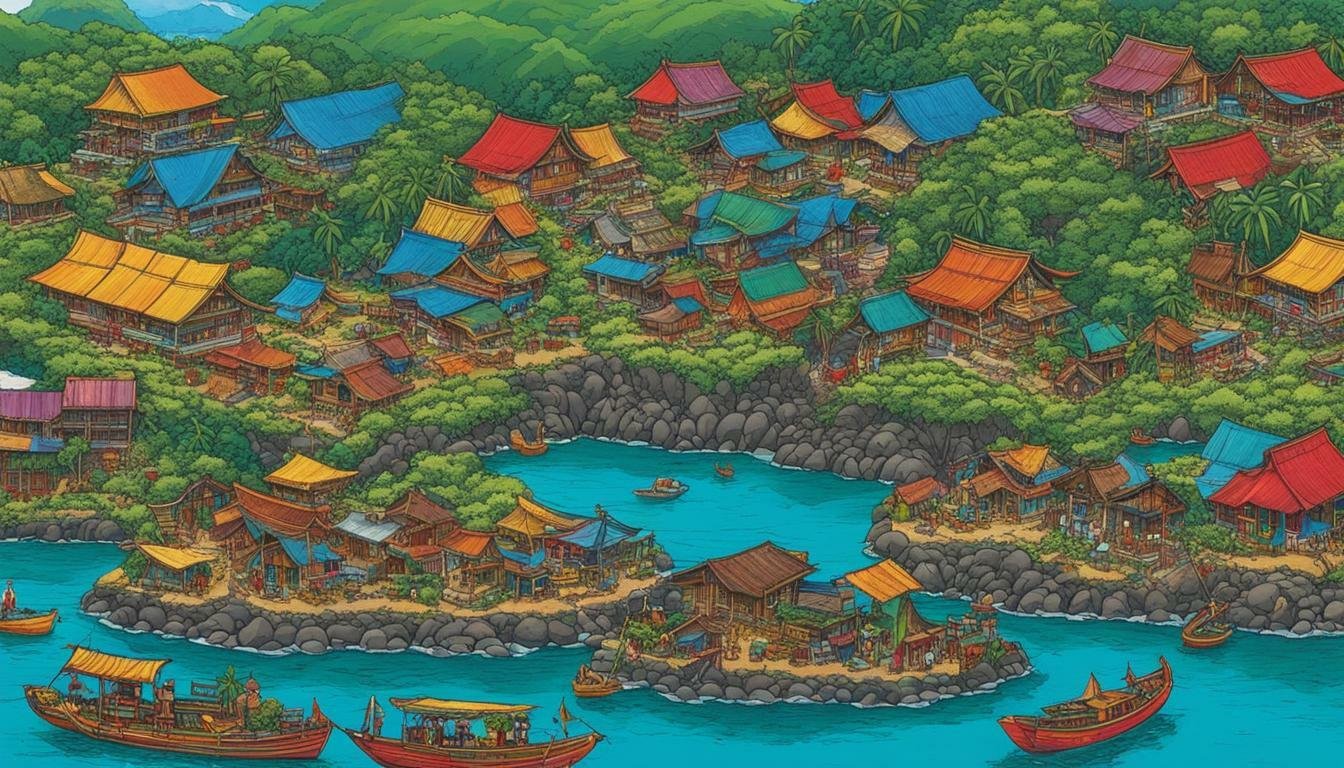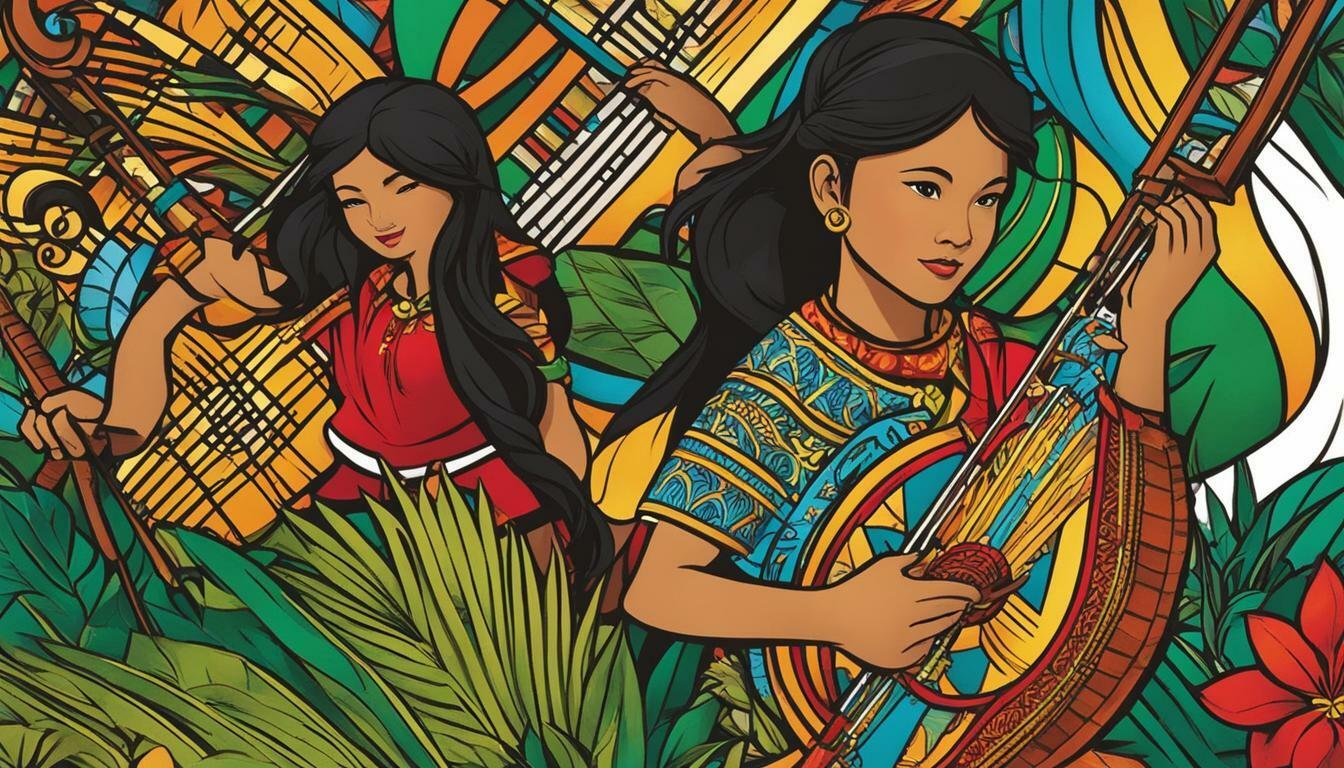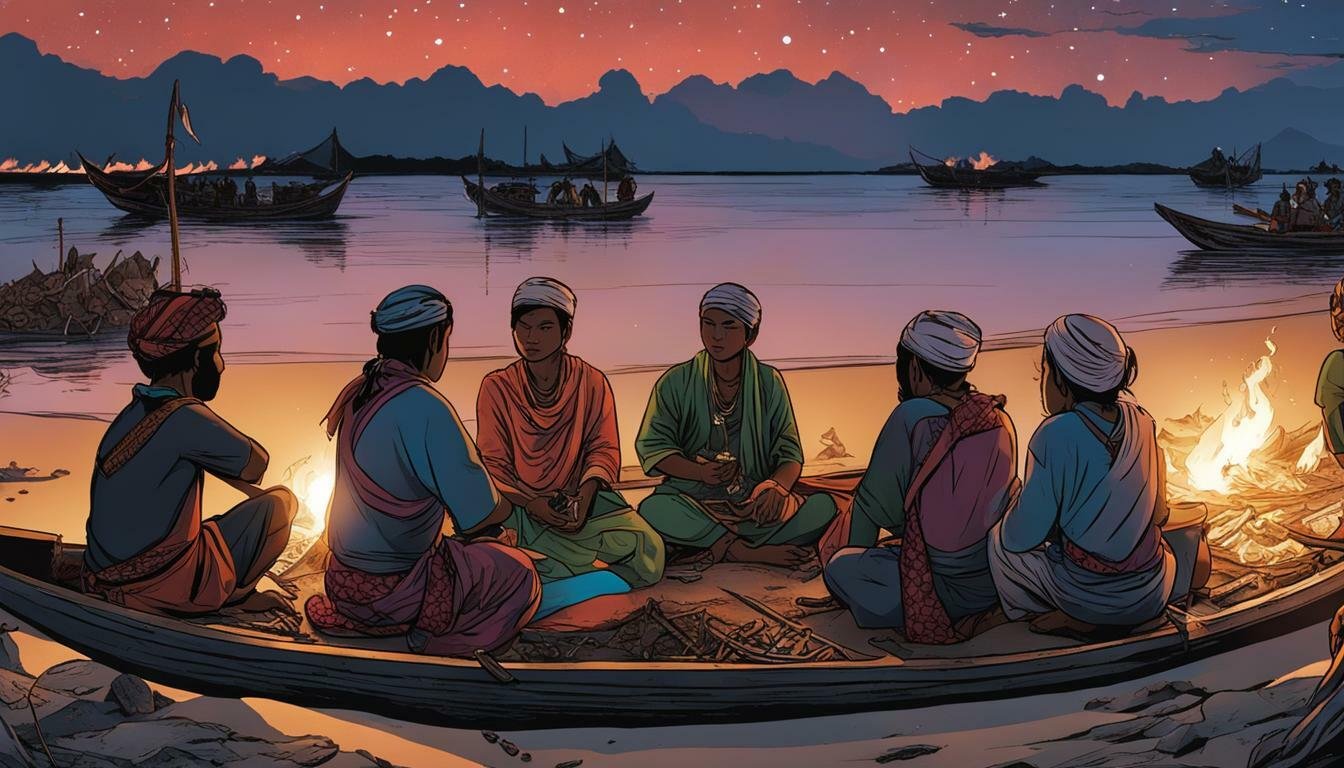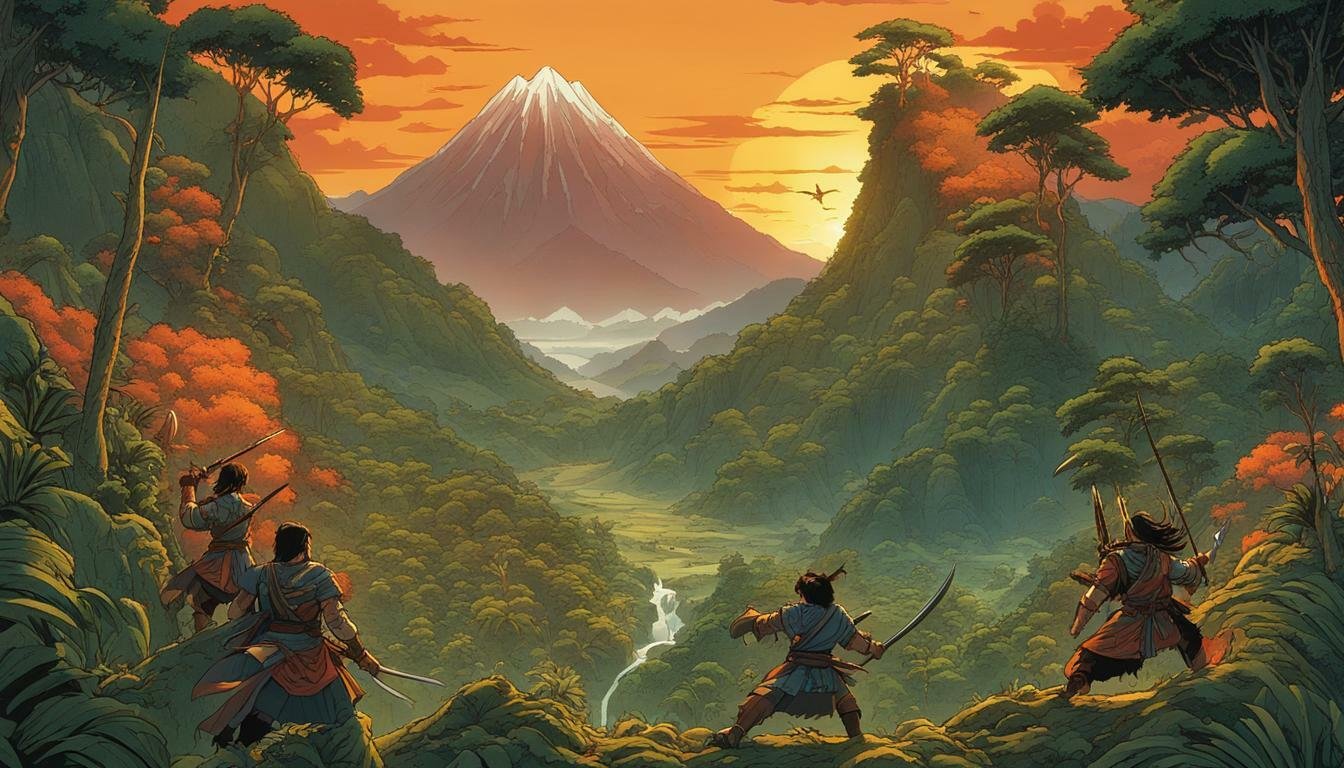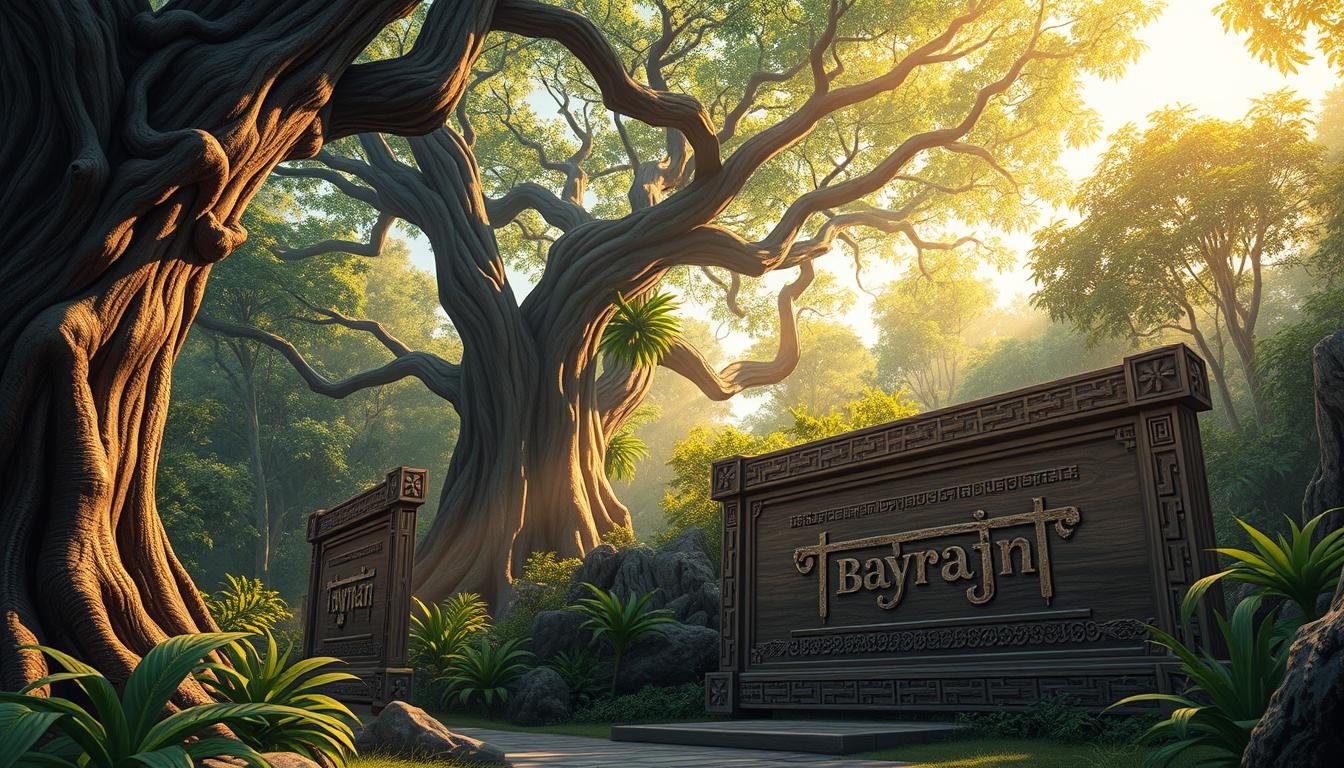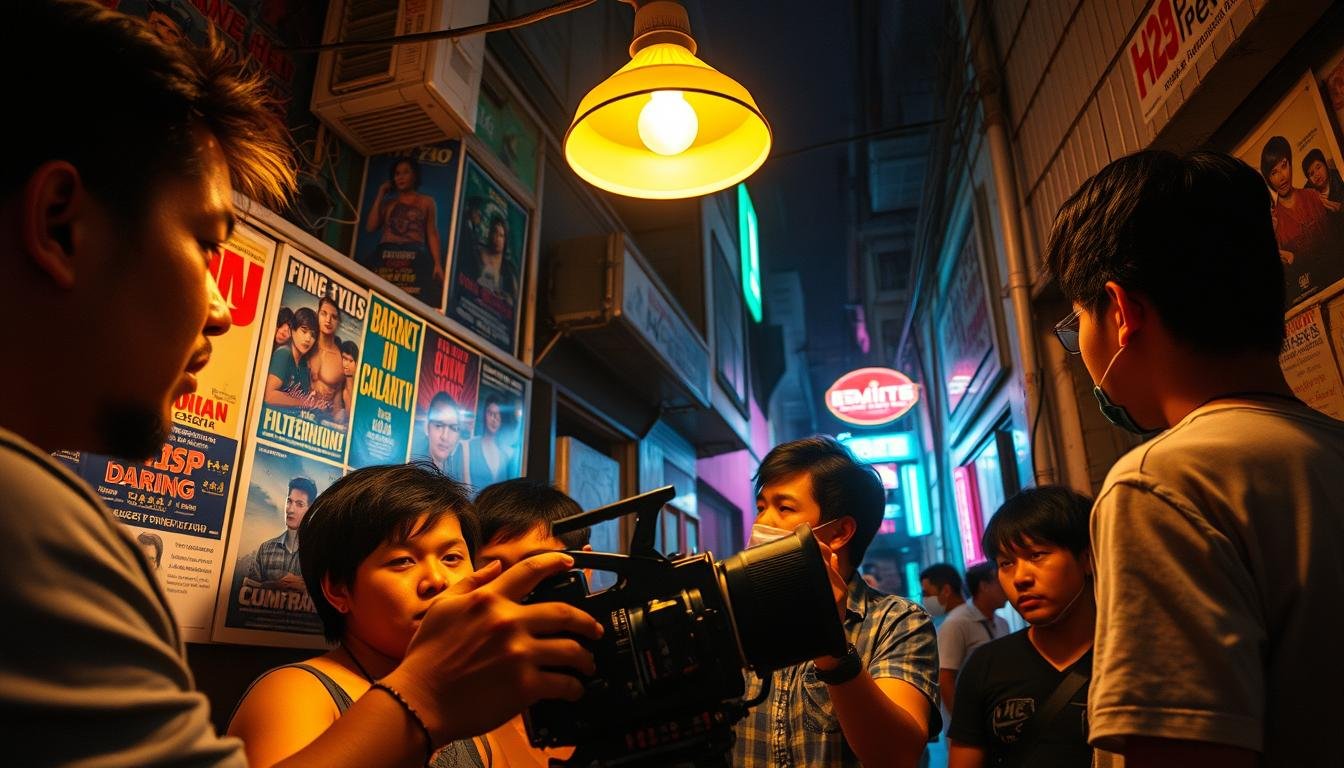The Bikol Language, often collectively referred to, represents a vibrant and complex group of languages spoken by the Bikolanos in the Bikol Region of the Philippines. Nestled primarily in the southeastern part of Southern Luzon, the Bicol Peninsula boasts a rich tapestry of history and culture, inextricably linked to its linguistic heritage. The story of…
Tag: Cultural identity
Filipino Traditional Clothes: A Glimpse into Cultural Heritage
The threads that make up Filipino traditional clothes are more than just fabric and stitches; they are woven narratives of history, identity, and resilience. From the intricate patterns of indigenous textiles crafted in the highlands to the elegant silhouettes that graced colonial ballrooms, each garment tells a story of adaptation, resistance, and the enduring spirit…
Yakan Language of the Philippines
The tapestry of Philippine history is woven with threads of diverse cultures and languages, each telling a unique story of the archipelago’s past and present. Among these vibrant threads is the Yakan language, spoken by the Yakan people, primarily residing in the province of Basilan and parts of Mindanao in the southern Philippines. More than…
Sarangani Language of the Philippines
The southernmost tip of Mindanao cradles Sarangani Province, a region renowned for its stunning coastlines, mountainous interiors, and perhaps most importantly, its profound linguistic diversity Philippines. Far from being a monolithic linguistic landscape, Sarangani is a mosaic of tongues, each carrying centuries of history, cultural heritage, and identity. Understanding the Sarangani Language of the Philippines,…
Sama-Bajau Language of the Philippines
The Sama-Bajau people, often referred to as “Sea Nomads,” possess a rich cultural heritage intricately linked to the oceans they inhabit. Central to this identity is the Sama-Bajau language, a complex and diverse linguistic family spoken by various subgroups across the Sulu Archipelago, the coastal areas of Mindanao, Zamboanga, and extending into parts of Malaysia…
Explore Hinilawod: Discover an Epic Tale of Filipino Heritage
Step into a world long past, a realm woven from the mists of oral tradition and echoing with the exploits of gods and heroes. Journey with us as we explore Hinilawod, an epic tale deeply embedded in the tapestry of Filipino heritage. More than just a story, the Hinilawod is a cultural treasure, a vibrant…
Baybayin’s Whispers: Reclaiming the Pre-Colonial Filipino Script
Listen closely. Can you hear them? Faint, yet persistent, like rustling leaves in a forgotten forest – these are Baybayin’s whispers. They carry echoes of a time before colonization, a time when Filipinos documented their lives, literature, and traditions using a unique and elegant pre-colonial Filipino script. For centuries, this intricate system of writing lay…
The Development of Filipino Alternative Cinema
The Philippine cinema turned 100 in 2020, a big milestone in its history. Alternative cinema has been key, letting independent filmmakers share their work. Digital tech has made making movies easier and cheaper, helping independent films grow. Experts say independent films started booming in the 1990s with digital tech. Festivals like Cinemalaya, started in 2004,…
The Development of Filipino Literature in Vernacular Languages During the American Era
The American Era marked a significant turning point in the history of Filipino writing. This period saw the rise of vernacular languages as a medium for artistic expression and cultural preservation. Before this, storytelling was primarily oral, passed down through generations. The introduction of formal education and print media under American rule transformed how stories…
The Development of Filipino Literature in English
Filipino writing in English has a rich history, evolving from oral traditions to modern digital expressions. This transformation reflects the country’s cultural and historical journey. Early narratives were passed down through spoken word, preserving stories and values. Over time, writing became a powerful tool for sharing ideas and shaping identity. The introduction of English in…

